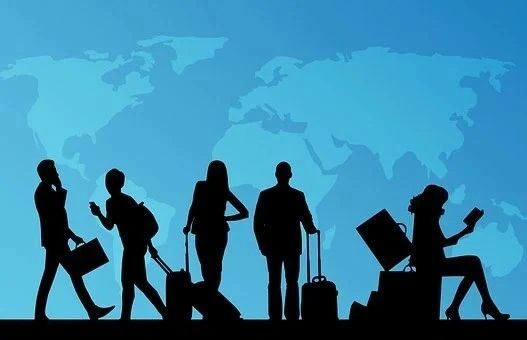
The unprecedented disruption of global air travel shaped by the COVID-19 pandemic offers one shining light, the opportunity to view existing procedures and practices from a new perspective and, perhaps, create an even more vibrant, resilient, and passenger-friendly industry.
The huge losses, the business damage, and chaos that the pandemic has caused to the aviation industry is unprecedented and I have often tried to picture what the industry will be like and what customers will expect when they fly once this is all over.
Bad experiences give us the power to change our path and create something good. It would be easy to overlook this opportunity among all the bad news. For the week starting October 5, 2020, the number of scheduled flights worldwide was down by 46.3 percent compared to the week of October 7, 2019. The impact of COVID-19 on Chinese aviation reached a peak in the week starting February 17, 2020, with flight numbers down by 70.8 percent.
Certain countries saw an even greater decline: Australia, Hong Kong, Singapore, Thailand, India, Germany, France, and the U.K. were all down over 90%, according to industry data specialist OAG Aviation Worldwide Limited². More than 15 airlines have been forced to restructure or cease operations³. The International Civil Aviation Organization – part of the United Nations – said global airlines could see up to 2.9 billion fewer passengers in 2020 compared with 2019. Seat capacity could drop by more than half, resulting in a $384 billion loss of gross operating revenues of airlines compared with previous forecasts.
There is no question that the worldwide travel restrictions, shelter-in-place orders, and widespread fear of infection have led to catastrophic losses that are likely to continue for some time. Most airlines are not expecting air travel to return to normal levels for at least two to three years.
But it will return.
Air travel is a vital part of modern life, so integrated into commerce, leisure, and international relations that its absence would alter the course of human history. People can tolerate temporary suspensions, but the desire to return to the patterns of travel they enjoyed previously will eventually overwhelm any pressures against it. The “pull-through” may take some time as it did after the 9/11 terrorist attacks and various other historic disruptions, but nonetheless, it will come.
The question is, when? The longer it takes, the greater the economic toll.
That is why airports, airlines, and government regulators together with their industry partners must act now to shorten the duration of the decline, limit the damage, and accelerate the bounce back. You may ask “How?” One key is by reassuring passengers they are safe in the air-travel environment and that flying is, once again, a low-risk activity.
In the age of COVID-19, creating that safety “bubble” means reducing or eliminating human-to-human contact.
The bottom line is the contactless journey is key to restoring passenger confidence and fuelling a quick resurgence in air travel.
Can existing technology make it happen?
Given the current situation with significantly decreased passenger loads, sharply diminished revenue, and uncertain prospects, it’s understandable that most airports and airlines have little appetite for an ambitious, long-term overhaul of their passenger processing procedures to achieve this goal. But there are low-cost and easy-to-implement actions they can take right now that represent steps along the way to the desired contactless journey.
The simplest of these solutions, such as mandating the use of facial masks and encouraging social distancing where possible, are already in place, as are new procedures for disinfecting airport common areas, luggage, and aircraft interiors. Airlines are also reducing or eliminating food and beverage service to minimize contact between passengers and crew, and multiple-use paper products such as airline magazines and menus have been removed. In addition, airlines are providing separated seating arrangements when occupancy rates allow it. These quick fixes have helped to assure passengers.

The International Air Transport Association (IATA) demonstrated the low incidence of inflight COVID-19 transmission with an updated tally of published cases. Since the start of 2020, there have been 44 cases of COVID-19 reported in which transmission is thought to have been associated with a flight journey. Over the same period, some 1.2 billion passengers have travelled.
However, there could be much more that could be garnered through the aggressive use of existing technology.
For several years now, the air travel industry has been exploring and, in fact, installing and using technologies designed to speed the flow of passengers through the airport. Biometrics, artificial intelligence, mobile applications, self-service features, and other technology solutions are rapidly transforming the air travel ecosystem. These technologies provide passengers a much more enjoyable travel experience; they bring significant improvements in capacity, efficiency, and profitability to airports and airlines; and they provide governments and regulatory agencies around the world greater border control and security.
These technologies also facilitate a passenger journey that is virtually free of human to human contact.
A single-token passenger journey from curb to gate. Several airports and airlines, for instance, have begun deploying biometric solution for passenger processing, despite the challenges brought about by the pandemic,
These new biometric systems rely on facial scans that are quickly matched to passport facial images in identity databases. When this system is in place, passengers once enrolled no longer need to present documents anywhere along the travel route. Their face becomes their identification, and they are known from the moment they enter the airport and, at some point in the future, through the duration of their flight to their exit from the destination airport. This means there is no need to interact with airport or airline agents, transferring tickets, boarding passes, and passports.

The three critical steps that lead to contactless passenger journey are:
1. Biometrics, which eliminates photo ID, passport, and boarding pass
2. Passenger health monitoring
3. Virtual queuing apps for check-in and boarding
Prior to the pandemic, surveys of air travellers indicated the overwhelming majority would appreciate the sort of seamless, efficient, automated journey enabled by these technologies. Some would even like to see them incorporated into other trip-related activities, such as securing rental cars, ground transportation and hotel stays. In the pandemic’s wake, travellers are even more likely to have a positive view of these solutions and the additional measure of safety they offer.
More short-term, low-cost solutions
Airports and airlines that have already invested in biometric solutions can now easily add another layer of protection for passenger’s health screening.
For airports and airlines that continue to rely on older technologies and are not yet ready to introduce biometrics, they should integrate these health sensors into their existing passenger processing infrastructure.
Another way to reduce the chances of infection is by taking some activity out of the airport to remote passenger processing like boarding through an app.
There are systems already in place that enable travellers to check-in and check bags from numerous remote locations, easing the pressure on busy airport terminals and providing maximum convenience and flexibility for airlines and their passengers.
Airports could also offer passengers a simple, dynamic wayfinding mobile app to identify areas of high congestion and provide alternate routes to avoid crowded spots.
Such a solution would be quick and easy to implement at minimal cost because the technology already exists, it simply needs to be tailored to each airport.
Onboard solutions for contactless travel include a mobile app that would allow passengers to make in-flight food, beverage, and entertainment purchases, reducing contact and dialogue with the cabin crew.
Preparing for the new world to come changes for the longer term
In addition to upending air travel, the pandemic has forever changed the traveller. Long after a vaccine is found and the worst effects of COVID-19 are over, passengers will remain wary of confined spaces, long lines, and close interactions. They will come to expect an end-to-end journey that is basically self-styled, seamless, and contactless.
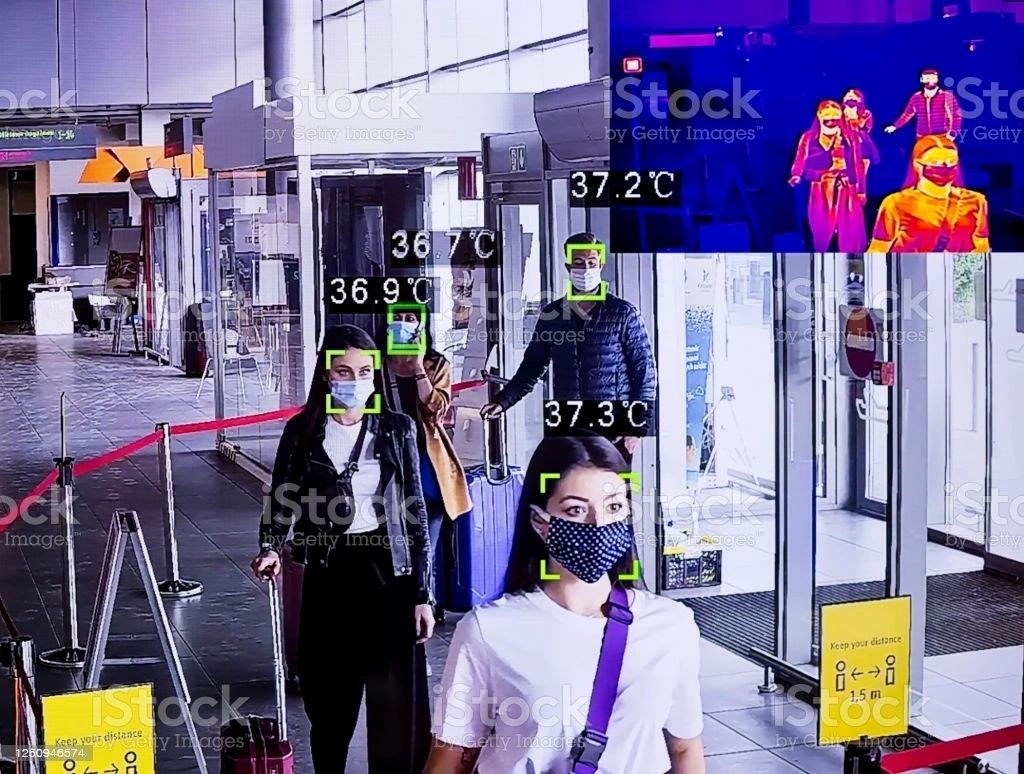
Ideally, to maximize the value of biometric solutions, a complete end-to-end solution is recommended. Many airports and airlines are doing trials with single-point solutions such as a self-service biometric bag drop or biometric boarding and doing them with different suppliers. These are useful tests, but to achieve maximum value, airports and airlines should work together to find a solution that can be implemented across the board. Having different, independent solutions throughout the airport reduces overall efficiency and economies of scale because the different solutions may not work together optimally.
More and more, people expect to be able to do just about everything from their phones, and that includes opting into a biometrics application. While there will always be a need to allow passengers to enroll in such a program at the airport from a kiosk or service desk, your biometric solution should always have mobile enrolment as an option.
Some travellers feel reluctant to opt into a biometrics program because they are concerned about the privacy of their data. In some parts of the world, very stringent privacy laws have been enacted to address these concerns – the European Union’s General Data Protection Regulation is a good example. Passengers need to be assured that their data is secure and know that the system they are using complies with the laws in their own countries.
While the pandemic has certainly shuttered the industry, it has also illuminated a brilliant path forward which enables airlines and airports to leverage with technologies that offer passengers a contactless journey, airports, and airlines are automatically creating additional benefits that will serve their future interests. In an unplanned intersection of demands, the implementation of technology is the solution airlines and airports require passengers to experience a contactless journey.
Written by: Joe Cusmano

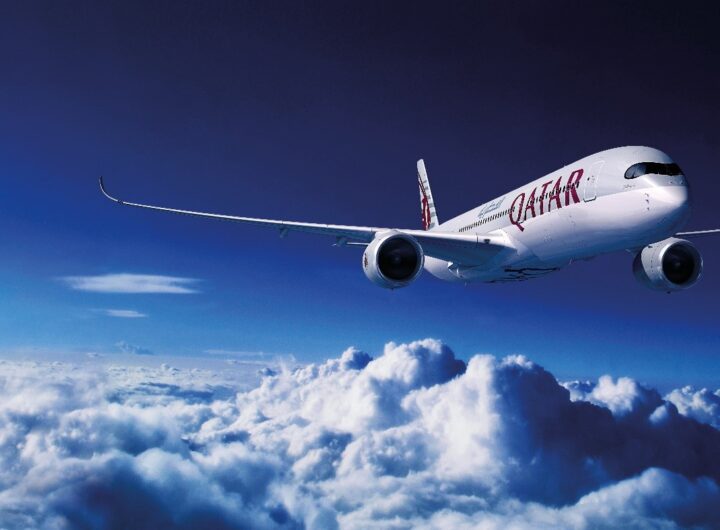 Qatar Airways Resumes Flights To Malta: Enhancing International Connectivity
Qatar Airways Resumes Flights To Malta: Enhancing International Connectivity 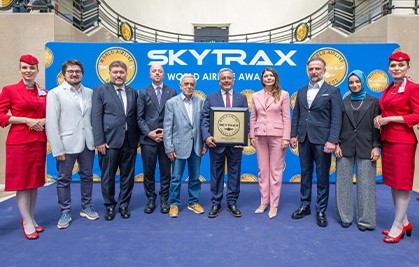 Turkish Airlines Crowned Best Airline in Europe for the Tenth Time
Turkish Airlines Crowned Best Airline in Europe for the Tenth Time  Taking on the Tasman: Air New Zealand Unleashes 1.7 Million Seats for Summer
Taking on the Tasman: Air New Zealand Unleashes 1.7 Million Seats for Summer 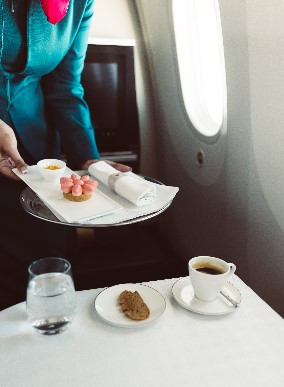 Oman Air Elevates In-Flight Dining with Exquisite Omani Rock Rose Dessert
Oman Air Elevates In-Flight Dining with Exquisite Omani Rock Rose Dessert  Cathay Pacific Elevates Inflight Dining with ‘Chinese Classics’ Menu
Cathay Pacific Elevates Inflight Dining with ‘Chinese Classics’ Menu 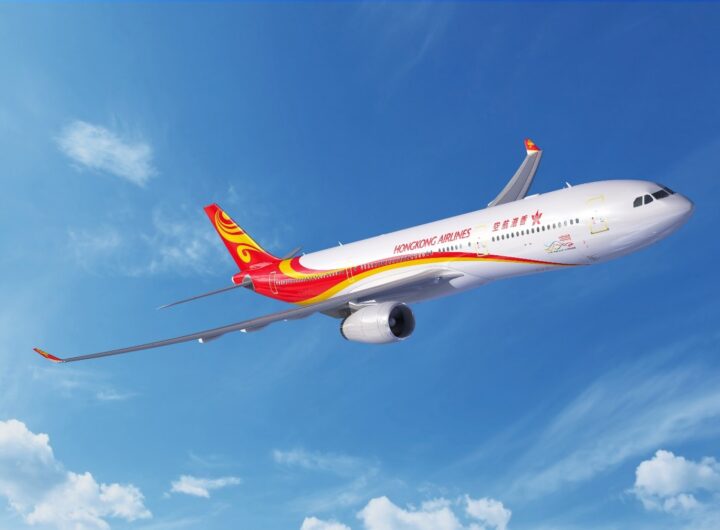 Hong Kong Airlines Set to Land in Sydney—And Travellers Reap the Rewards
Hong Kong Airlines Set to Land in Sydney—And Travellers Reap the Rewards  Viking Cruises Unveils 14 New Ocean Itineraries for 2026 & 2027
Viking Cruises Unveils 14 New Ocean Itineraries for 2026 & 2027  Seabourn Elevates Onboard Dining with New Menus and Local Flavours
Seabourn Elevates Onboard Dining with New Menus and Local Flavours  Oceania Cruises Marks a New Era with the Construction of the First Sonata Class Ship
Oceania Cruises Marks a New Era with the Construction of the First Sonata Class Ship 